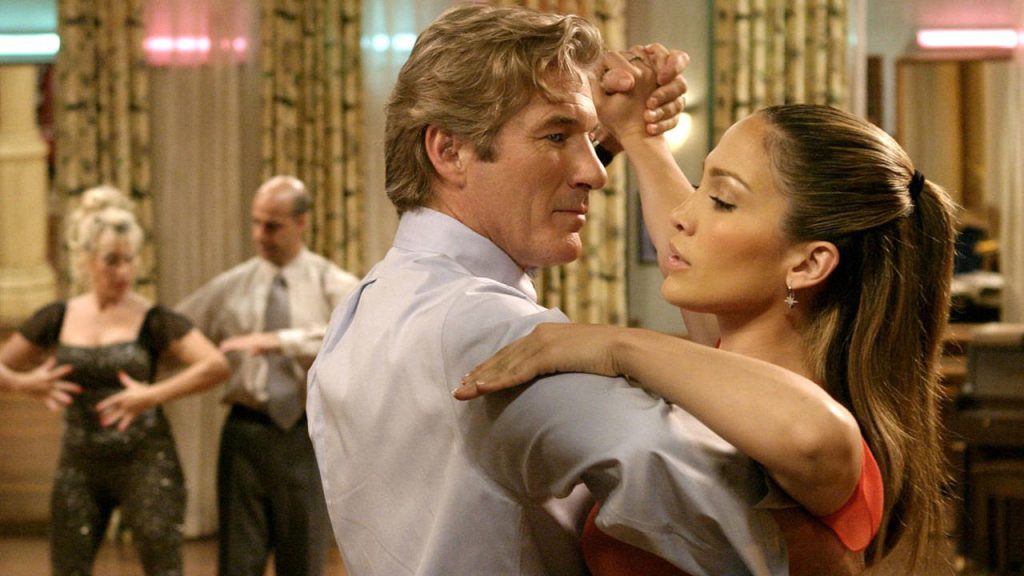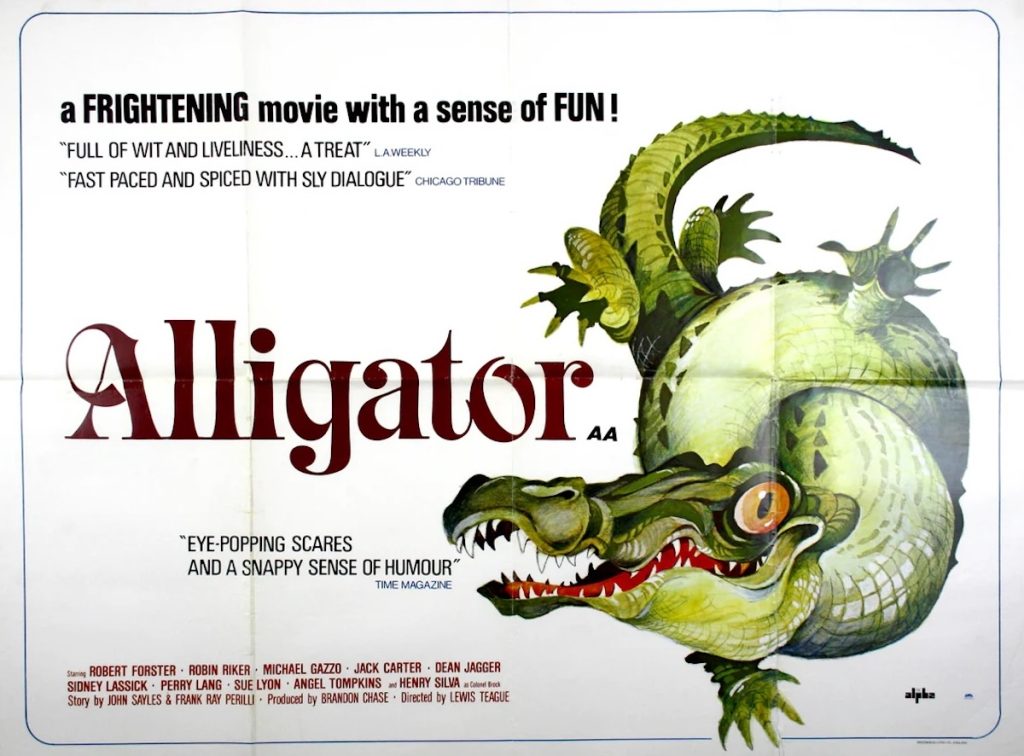One of the most heartbreaking scenes in Samuel Fuller’s hard-boiled oeuvre comes partway through his 1953 noir Pickup on South Street (streaming this month as part of the Criterion Channel’s Fox Noir series). Necktie-and-information peddler Moe Williams comes home to her cramped apartment after a long day and a hard life, trudges over to her bed, puts on a 78, and lies back to add up the numbers and see how close she is to affording her long-sought-after funeral plot. It’s only then that she discovers she’s not alone. A Communist agent has been lying in wait for her, seeking the address of Skip McCoy, a pickpocket she’s already sold out twice – first to the cops and then to the agent’s ex-girlfriend, who was unwittingly acting as his courier. Moe draws the line at helping a Red, though, and all but asks to be put out of her misery. “I have to go on making a living so I can die,” she says. “But even a fancy funeral ain’t worth waiting for if I’ve gotta do business with crumbs like you.”
As embodied by Thelma Ritter, who received a well-deserved Best Supporting Actress nomination (her fourth of six), Moe starts out chipper and endearingly mercenary. She makes no bones about how she feeds her “kitty” and even haggles over the price of her information, which she insists keeps up with the cost of living. And she’s far from the only colorful character Fuller injected into the noirs he wrote and directed over the next few years until the cycle wound down. Whatever they were labeled, though, crime stories – and the criminal types that populate them – were never far from his typewriter.
“Every film must have a message. Maybe I’m too didactic. If so, too bad. That’s just the way I write.”
After getting his start as a director with a quartet of westerns and war films, Fuller staked out his own territory with 1952’s Park Row, a self-financed tribute to the newspapermen he idolized growing up. That same year, his novel The Dark Page was brought to the screen by noir specialist Phil Karlson as Scandal Sheet, offering a different view of the business with its sordid tale of an editor who murders his ex-wife and tries to get an overeager reporter to drop the story. (Both are included in Criterion’s “Read All About It” series.) Conflicting loyalties are also central to Pickup, Fuller’s first noir in the director’s chair, in which Skip weighs his desire for a big score against his shaky fealty to his country.
That was followed in 1955 by House of Bamboo, a color remake of the 1948 noir The Street with No Name (an early role for Pickup star Richard Widmark) which Fuller transposed to post-war Japan. His last from noir’s “classic period” was 1959’s The Crimson Kimono, which is pointedly set in Los Angeles’s Little Tokyo, but 1961’s Underworld U.S.A. serves as a bridge between Fuller’s studio work of the ’50s and his embrace of independent productions in the ’60s with Shock Corridor and The Naked Kiss, both released by Allied Artists.
In all of his noirs, Fuller explores different cultures and milieus, using his reporter’s ear to faithfully incorporate the lingo native to each. So Skip is a “cannon” whose status as a “three-time loser” means if he gets “pinched” a fourth time, he’ll be sent up for life. Candy, the courier whose pocketbook he picks, is a “muffin” (a term that also comes up in Underworld U.S.A.). Moe strenuously objects to being called a “stoolie,” knowing full well Skip doesn’t begrudge her livelihood.

Meanwhile, House of Bamboo and The Crimson Kimono are awash in terms like “ichiban” and “Nisei,” providing helpful translations where needed. (“Nisei” are the American-born children of Japanese immigrants. “Ichiban” means “number one.”) And while each member of the gang in House has his own “kimona girl,” their primary concern is over who the boss’s “number one boy” is. This is the position Griff (the most frequently used name in Fuller’s filmography) believes he has a firm grip on until upstart Eddie Spanier arrives on the scene, but even if he is the audience’s surrogate, Robert Stack doesn’t make half the impression Cameron Mitchell does as Griff or Robert Ryan does as their boss.
With his crime reporter background, it’s fitting that Fuller’s villains and antiheroes are among his most compelling characters. Not only does Skip flout the law, he also rebuffs the G-man who impresses upon him his patriotic duty to turn over the microfilm he’s lifted. (“Are you waving the flag at me?” Skip insolently asks.) It’s only after Moe is murdered and Candy takes a bullet for him that Skip changes his tune and seeks payback on their behalf.
In this way, Pickup ends where Underworld U.S.A. begins, since the later film opens with 14-year-old delinquent Tolly Devlin witnessing his father being beaten to death in a dark alley. Played by Cliff Robertson after he’s spent enough years in and out of various state-run facilities, the single-minded Tolly gets himself sent to prison specifically so he can kill one of his father’s murderers and find out the others’ identities. Discovering they’ve risen in the ranks of the syndicate, Tolly ingratiates himself into the organization and sets about knocking the dominoes over until he also has to go after the big man, an outwardly genial type who operates behind the front of a benevolent charity.
In House of Bamboo, the big man is Sandy Dawson, a former G.I. who runs his outfit like a crack military squad. He violates one of his own ironclad rules, though – about killing any injured members of the gang – when Eddie takes a slug in the leg during his first job with them. Sandy even lets Eddie move into his palatial digs in the foothills of Mt. Fuji to recuperate, which raises Griff’s dander (and ultimately gets him killed). In the end, Sandy’s inability to process his own feelings for Eddie causes him to start acting erratically, leading to a violent standoff at a rooftop amusement park where he starts shooting innocent civilians like a mad dog until he’s put down like one.
A similar fate awaits the killer in The Crimson Kimono, which follows a Caucasian police detective and his Japanese-American partner as they investigate the murder of a stripper; it operates more like a police procedural than a straight-up noir. Fuller even lets the murder investigation recede into the background while he plays up the love triangle between the two detectives and a pretty artist they both fall for. “Love is like a battle,” says Mac, her wise mentor. “Somebody has to get a bloody nose.” This sentiment is made literal in the scene where the two men take part in a Kendo match for the Nisei Week Festival that serves as the film’s colorful background. To top it off, the killer is shot dead trying to escape during a parade where the marchers are all in elaborate costumes, further proof Fuller knew the value of injecting a little spectacle into his pictures when he could afford to. Once he left the security of studios behind, though, getting the backing for his uncompromising visions became more of a struggle.
“Pickup on South Street” is streaming on The Criterion Channel. “The Crimson Kimono” and “Underworld U.S.A.” are available for rent.



